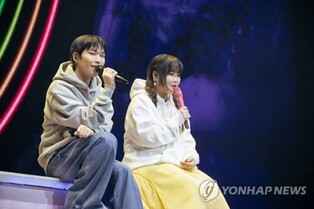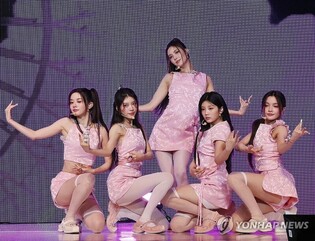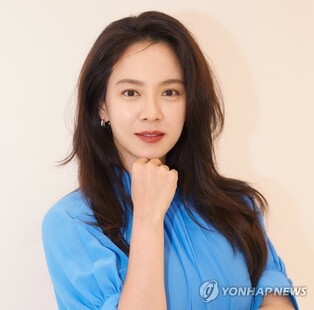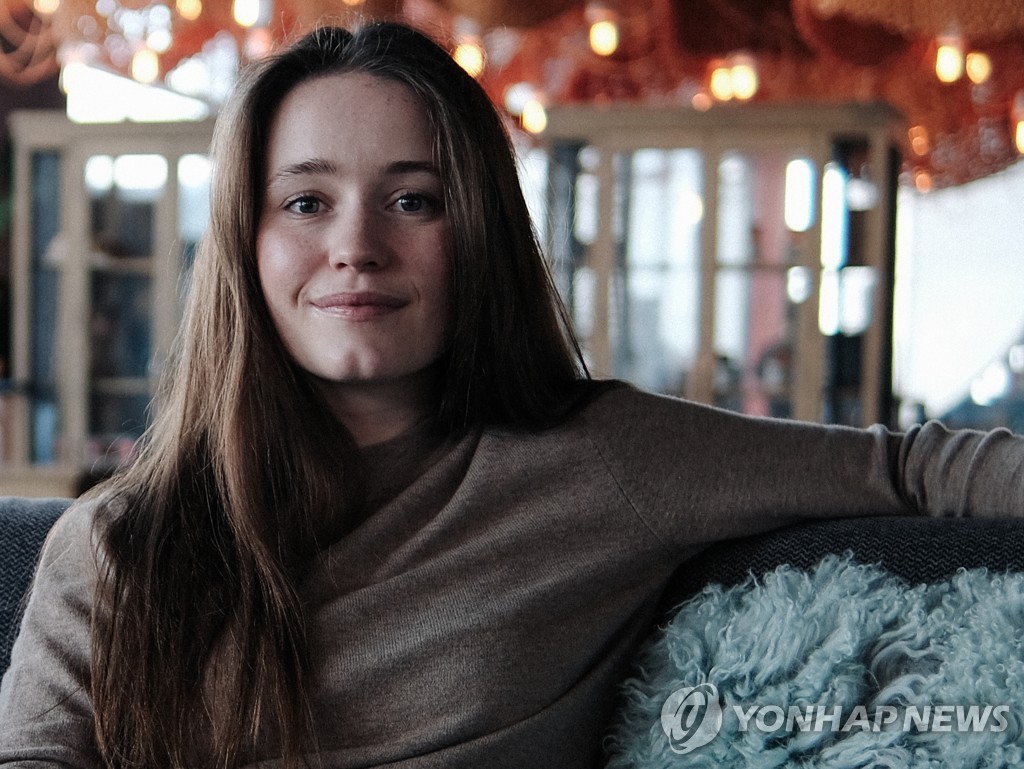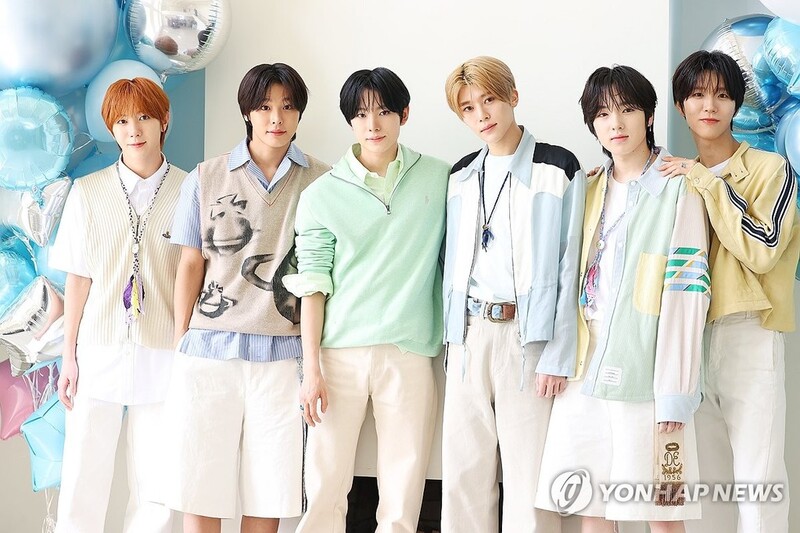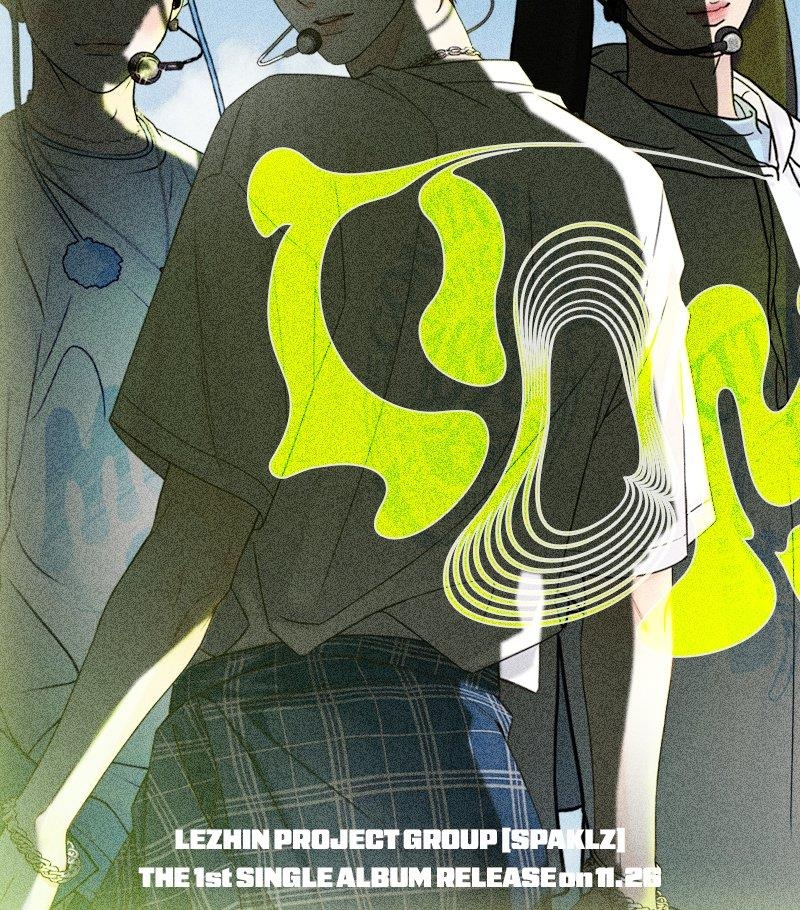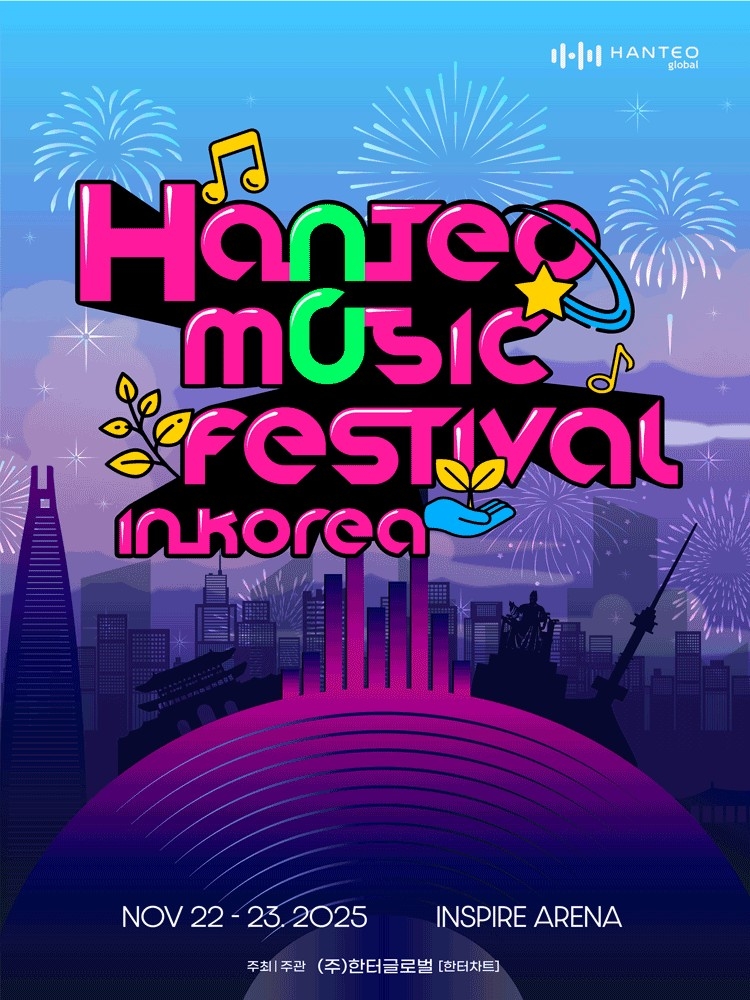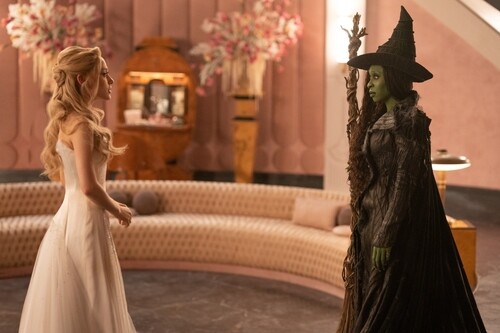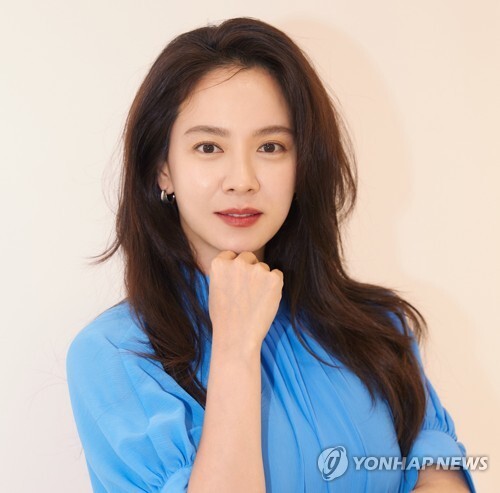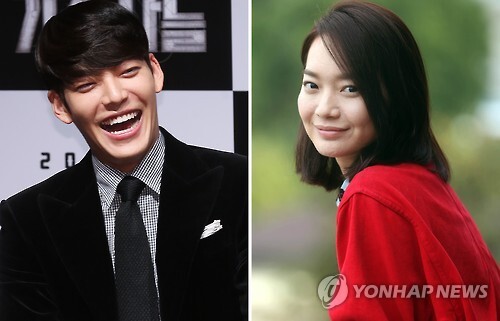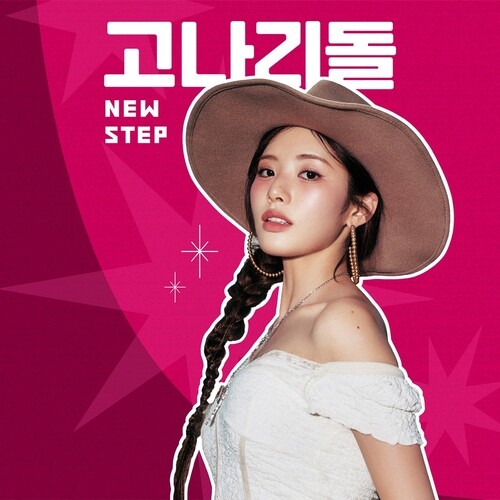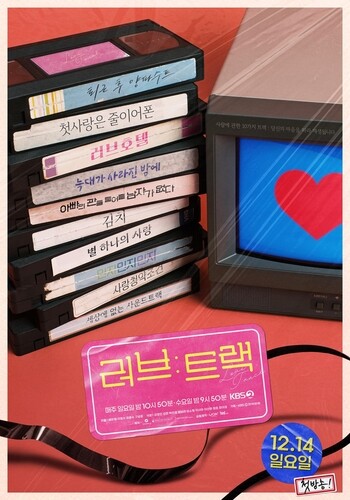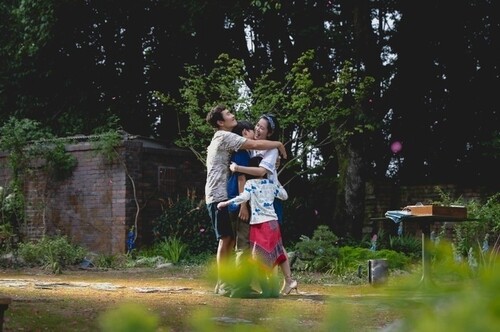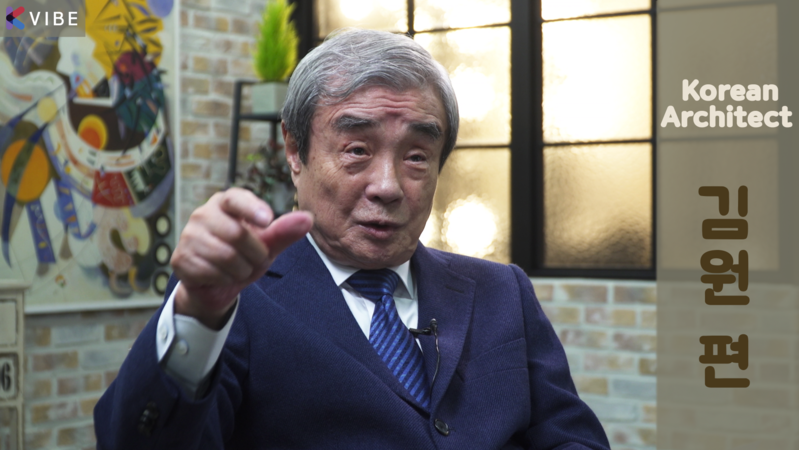 |
(The following article is a word-to-word translation of the original article published in Korean.)
By Lee Seyoung, Kim Ji-sun
SEOUL, Feb. 23 (Yonhap) -- "To bring back Gwanghwamun Square to its original form, Dongsipjagak (east octagonal pavilion) and Seosipjagak (west octagonal pavilion) must be restored."
Renowned architect Kim Won, an 81-year-old representative of Gwangjang, an architectural environment research institute, said in a recent interview with Yonhap News, "It will take considerable time and cost to address transportation issues, but the restoration of Gwanghwamun Square be completed only after Dongsipjagak and Seosipjagak come back to their original forms.”
Dongsipjagak was originally a pavilion located at the southeast corner of Gyeongbok Palace's wall, worn out over much historical sufferings, such as having its stairs removed during the Japanese colonial period when the Government-General of Korea was established; it is now trapped in the middle of a road. Seosipjagak, which formed a pair with Dongsipjagak, has been completely demolished, without a trace.
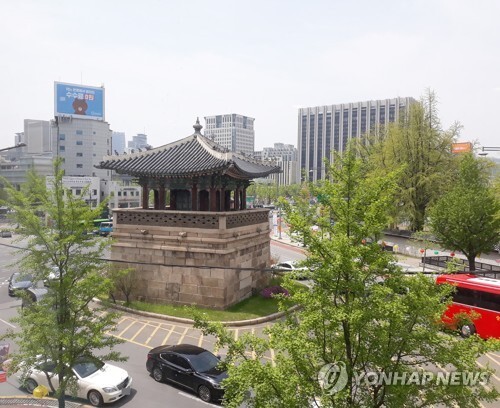 |
| ▲ Undated file photo of Dongsipjagak. (Yonhap) |
Kim, at the helm of the Gwanghwamun Citizens’ Council since 2018, has been drawing up plans for the new Gwanghwamun Square. His saw with his own eyes the unveiling of Gwanghwamun’s woldae to the public on Oct. 15 last year.
Woldae is a spacious platform installed in major buildings such as the main hall of the palace. It is unique as the only moon platform with a railing stone at the main gate of the palace and a stone base piled up. It was a place where significant national events occurred -- where the king and the people met and communicated -- but it disappeared during the Japanese colonial period and was restored after more than 100 years.
Regarding woldae, Kim said, "Since there were many photos left before it was dismantled by the Japanese, there were no major problems if we referred to them. I watched it closely every morning and evening, and I think the restoration was done well."
However, he acknowledged the unavoidable limitations, such as the ground level being about 1 meter higher than the original form of Gwanghwamun, and the lost “time-worn aura” due the recreation of certain original parts that went missing for ever.
Kim’s “moment of glory” was the ornate animal sculptures guarding woldae, including the seosusang (auspicious animal figure) believed to have shown dignity at the forefront, was reveled. It was a donation from the family of late Samsung chief Lee Kun-hee.
The seosusang, which was considered the "final puzzle" of the restoration of woldae, finally found its place after its existence was made known through citizen reports.
Kim expressed satisfaction, saying, "It was an unexpected event in the process of planning to carve it anew… It is a handsome creature and I was very pleased."
 |
| ▲ This file photo shows "seosusang (auspicious animal figure)," located at the forefront of woldae. It was a donation from the family of late Samsung chief Lee Kun-hee. (Yonhap) |
He was appointed as the chairman of the Gwanghwamun Forum, the predecessor of the Gwanghwamun Citizen’s Council, at the urging of then-Seoul Mayor Park Won-soon in 2016. He engaged in rigorous discussions with experts and citizens for nearly two years regarding the restructuring of Gwanghwamun Square.
Reflecting on the past and present, he recalled that the Gwanghwamun Square, which used to be bordered by a 10-lane road with a central divider on Sejongdaero, was a far cry from what King Taejo Yi Seong-gye and his aide Sambong Jeong Do-jeon intended. It looked like a "neglected land" without consideration even from the aesthetic perspective of modern cities.
His opinion remains that Gwanghwamun’s front should be transformed into a pedestrian-only space, as it was intended both then and now. The Gwanghwamun Forum members also reached the conclusion that it should return to its original form 600 years ago and disbanded. Subsequently, the western part of Sejong-daero was incorporated into Gwanghwamun Square, making it wider.
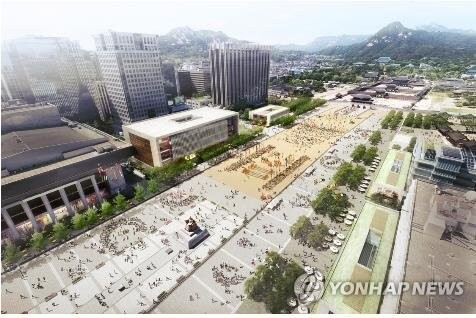 |
| ▲ The file photo, provided by Seoul City, shows the conceptual layout for the Gwanghwamun Square redevelopment proposal. (PHOTO NOT FOR SALE) (Yonhap) |
While transportation experts expressed concerns about causing traffic chaos throughout downtown Seoul even then, historians lent their support, emphasizing the necessity of woldae both functionally and aesthetically.
Even now, Kim hears complaints from taxi drivers saying, "Who made the roads so complicated?" He chuckled, saying, "At times like that, I just keep quiet."
Kim, who has lived as a "neighborhood guardian" in Seochon, west of Gyeongbok Palace, for nearly half a century, expressed affection, calling it the "symbol and center of Seoul's history."
This is because it was where the middle class, including officials and scholars, gathered during the late Joseon Dynasty's Renaissance period to form their own culture.
He lamented, "Seochon was completely ruined by the Seoul Metropolitan Government's logic of development for a long time," and expressed regret, saying, "Neighboring residents even held protests in front of our house, opposing the redevelopment of Okin-dong because of its opposition to the redevelopment." The area of Naesu-dong, the original location of "Naesusa" office, which managed the royal finances and inspected genuine goods during the Joseon Dynasty, is considered a representative case of such destruction.
He evaluated it as fortunate that some areas were designated as historical and cultural zones, preventing hanok (traditional Korean houses) from being demolished and allowing tourists to fully experience the charm of Korea.
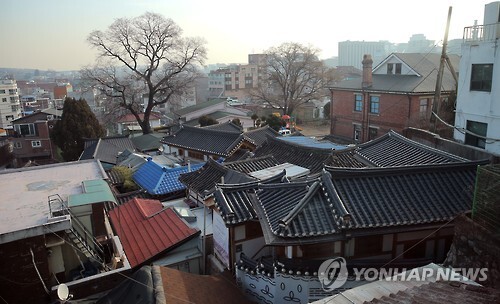 |
| ▲ A file photo of Seochon in Jongno-gu, Seoul. (Yonhap) |
Kim pointed out that the Joseon-era pavilion "Segeomjeong" in Sinyeong-dong, Jongno-gu, should also be considered a historical site that needs to be restored.
Segeomjeong -- derived from the name of a place where the rebels discussed the dethronement of King Gwanghae and washed their swords in Sachon during the Injo Rebellion -- was destroyed in a nearby factory fire in 1941, leaving only the foundation stone, and was rebuilt based on "Segeomjeongdo" by Gyeomjae Jeongseon in 1977.
He criticized, "When I was in middle school, it was the most beautiful place near Seoul where students could go on picnics. However, compared to Segeomjeong, the location and shape of the pavilion, as well as the walls and promenades surrounding the courtyard, have not been completely restored."
He emphasized the importance of preserving and nurturing what little remains, such as the “Jongno District Park No-su Art Museum,” established in the Okin-dong residence of Nam Jung, a first-generation Korean painter, and the Wonseo-dong residence of Chungok Go Hee-dong, the country’s first Western-style painter.
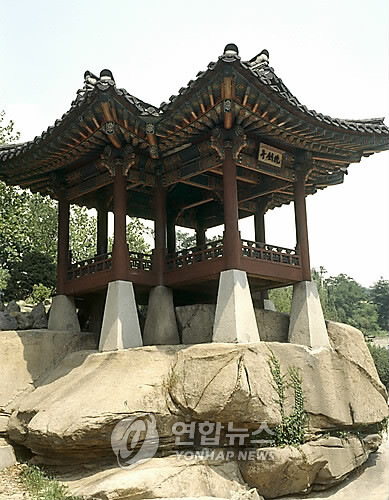 |
| ▲ A file photo of Segeomjeong (Yonhap) |
(C) Yonhap News Agency. All Rights Reserved







